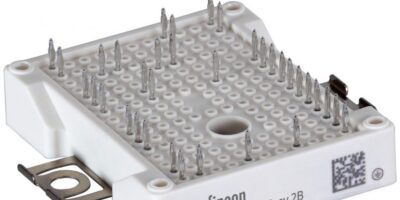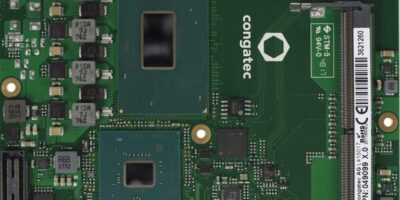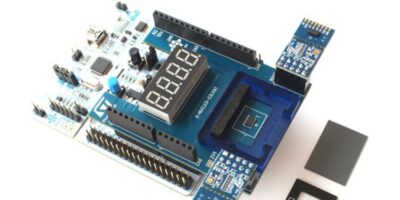According to Infineon Technologies, the use of an advanced neutral-point-clamped (ANPC) inverter design supports an even loss distribution between semiconductor devices, compared with traditional three-level neutral-point-clamped topologies. The company has used the ANPC topology for its hybrid SiC and IGBT power module EasyPack 2B in the 1,200V family. It is claimed to optimise ‘sweet spot’ losses of Infineon’s CoolSiC MOSFET and TrenchStop IGBT4 chipsets respectively, with increased power density and a switching frequency of up to 48kHz. The inverters are suitable for the needs of new generation 1,500V photovoltaic and energy storage applications, adds Infineon.
The ANPC topology supports a system efficiency of more than 99 per cent. Implementing the hybrid Easy 2B power module in, for example, the DC/AC stage of a 1,500V solar string inverter allows for coils to be smaller than with devices with a lower switching frequency. This reduces the weight “significantly” compared with a corresponding inverter with purely silicon components, says the company. Additionally, the losses with silicon carbide are smaller than with silicon. For this reason, less heat must be dissipated so that the heat sink can also shrink. This results in smaller inverter housings and costs savings at system level. The design also reduces inverter design complexity, compared to five-level topologies.
The Easy 2B standard package for power modules is characterised by an industry-leading low stray inductance. The integrated body diode of the CoolSiC MOSFET chip ensures low-loss without the need for another SiC diode chip. There is also an NTC temperature sensor for monitoring and PressFit technology to reduce assembly time for mounting the device.
The hybrid EasyPack 2B can be ordered now.







